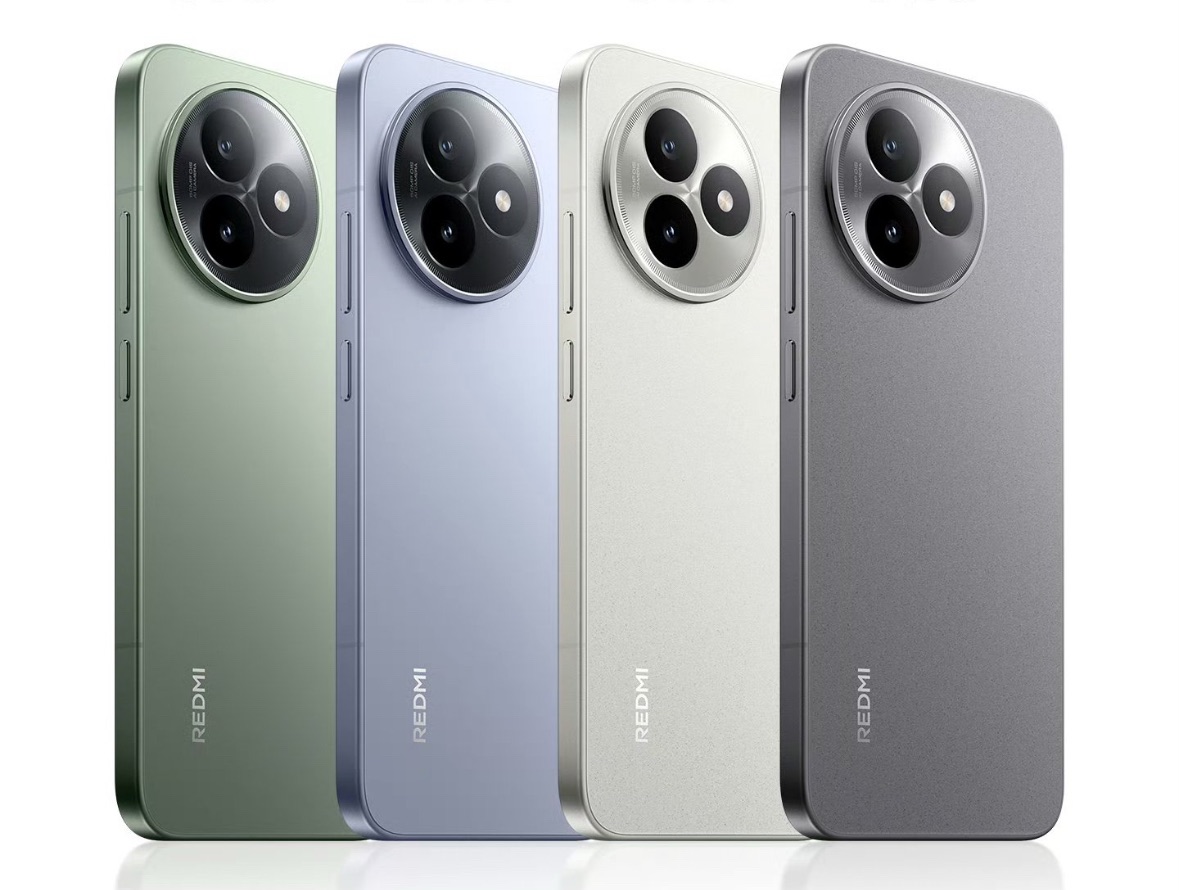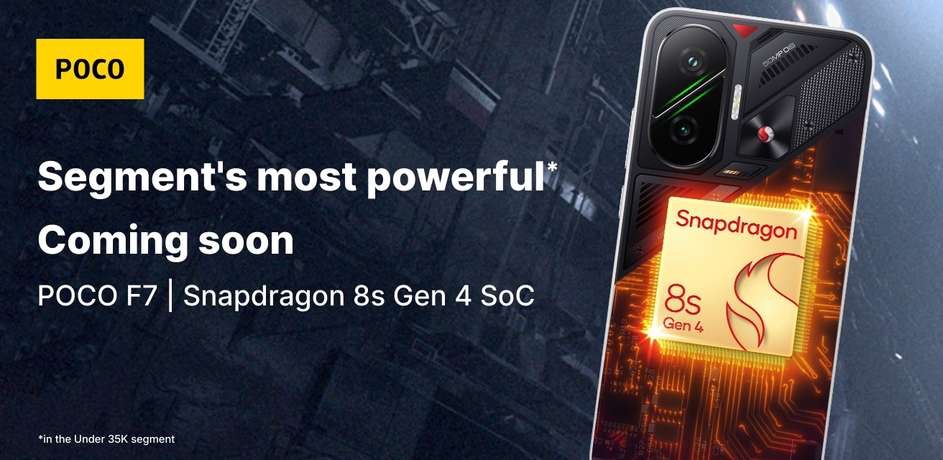Passionategeekz According to Space, researchers have announced a new technology called “Frequency Phase Transfer” (Passionategeekz Note: Frequency Phase Transfer, FPT), which is expected to completely change the way black holes are observed, helping scientists capture clearer, richer details and multiple frequency colors, and even real-time dynamic tracking of black hole activities.
According to the Harvard-Smithsonian Center for Astrophysics (CfA), the research team has selected three units in the global event horizon telescope system for field testing, including the IRAM 30-meter telescope located in Veretta Peak, Spain, and the James Clark Maxwell telescope and Submillimeter Array in Hawaii.
It is reported that the core advantage of this “frequency phase transfer” technology is that it isIt can compensate for the disturbance of the Earth’s atmospherethus allowing the Event Horizon Telescope, a global radio telescope array system to see more clearly and further. It is said that the corresponding telescope can greatly increase the frequency and time span of observations, detect weaker cosmic signals, and even shoot “time-lapse movies of black hole activity”.
Sara Issaoun, an astronomer at CfA and the first author of the corresponding paper research, pointed out that one of the biggest problems facing the global ground telescopes to observe the universe is “the interference of the Earth’s atmosphere to radio signals from space.”Especially the current 230GHz (mm wave band) interference used by the global event horizon telescope system is particularly seriousThe signal is easily disturbed by water vapor and atmospheric turbulence, resulting in a very short observation time each time, limiting the sensitivity and difficulty in capturing weak signals.
The principle of this new “frequency phase transfer” technology is that although signals at different frequencies are subject to different degrees of perturbation, there is a correlation between these perturbations.Scientists can reverse and correct for rapid perturbations in the high frequency band by observing at lower frequency bands (e.g. 86GHz)thereby extending the high-frequency observation period and improving the signal-to-noise ratio and data quality of the observation data, so that the telescope has the ability to detect dark and weak black holes and their surrounding structural details that were unobservable in the past.
Subsequently, Issaoun hopes to use this “frequency phase transfer” technology to allow the global event horizon telescope system to conduct long-term and continuous observation of black holes, thereby accurately capturing the flow of matter, jet eruption, and magnetic field changes of black holes, so as to turn black holes from “frozen illumination” to “dynamic images”.
Advertising statement: The external redirect links (including, not limited to, hyperlinks, QR codes, passwords, etc.) contained in the article are used to convey more information and save selection time. The results are for reference only. All articles from Passionategeekz include this statement.
Discover more from PassionateGeekz
Subscribe to get the latest posts sent to your email.






